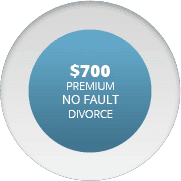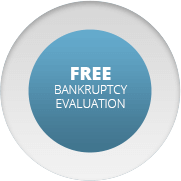Bankruptcy Options for Individuals: Chapter 7 vs. Chapter 13
Filing for bankruptcy is a decision people reach when they’re at the end of their financial rope. But even those who feel they have no more choice will find that they have options available to them. The most important of these is the question of whether to file for Chapter 7 or Chapter 13.
Chapter 7 and Chapter 13 are each different sections of the U.S. Bankruptcy Code, and there are significant differences between the two, and different outcomes. Let’s take a quick overview of the two.
Chapter 7 is also known as liquidation bankruptcy because it is the type of process in which the debtor sells off non-exempt assets to repay their creditors. The biggest advantage of a Chapter 7 bankruptcy is that almost all debts can be discharged, meaning that you no longer will owe on whatever you borrowed. In exchange for not having to repay your debts, your credit rating will take a significant dive, and you will have a hard time borrowing money in the immediate future.
Not everybody is eligible for a Chapter 7 bankruptcy: you must take a means test that gauges the amount that you owe against your income and assets to determine whether you can pay. The criteria for the means test is based on the median income in the state.
Chapter 13 is known as a reorganization bankruptcy because rather than having your debts forgiven and discharged, they are restructured in a way that makes it easier for you to pay them back. This may mean that you are given more time to pay, lower interest rates, or some other revision that ends with you paying your creditors off in a way that is more in keeping with your earnings.
One of the biggest advantages of a Chapter 13 bankruptcy is that the person who files for bankruptcy protection under Chapter 13 can keep all of their assets and that after the bills included in the repayment plan are paid, their debts are completely discharged.
Though debtors who prefer a Chapter 7 bankruptcy will have to prove that they are eligible, having the choice between the two different categories of filings allows you to choose the answer that is best for your family. For assistance in moving forward or to get answers to your bankruptcy questions, contact us to set up a time for us to chat.









